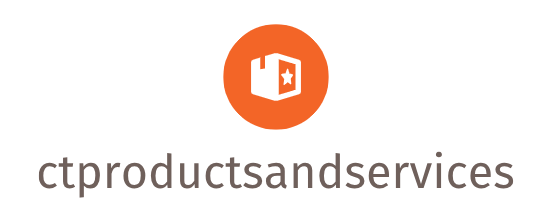
The Shifting Landscape of Education
The world is changing at an unprecedented pace, driven by technological advancements and global interconnectedness. This rapid evolution demands a new approach to education, one that equips children not just with knowledge, but with the skills and adaptability needed to thrive in an uncertain future. Traditional educational models, often focused on rote learning and memorization, are struggling to keep up. The need for a future-ready generation is clear, and STEM education is leading the charge in addressing this crucial need.
STEM: More Than Just Science and Math
STEM, an acronym for Science, Technology, Engineering, and Mathematics, is often mistakenly perceived as a collection of isolated subjects. However, its true power lies in its interdisciplinary nature. A strong STEM education fosters critical thinking, problem-solving, creativity, and collaboration – skills that transcend specific subjects and are highly valuable in any field. It’s not just about mastering equations or understanding scientific principles; it’s about learning how to apply that knowledge to real-world challenges and innovative solutions.
Cultivating Creativity and Innovation
Future-ready kids aren’t just consumers of technology; they are creators and innovators. A successful STEM education fosters a culture of experimentation and risk-taking. Children are encouraged to explore, fail, learn from their mistakes, and iterate their designs. Hands-on projects, engaging experiments, and collaborative activities become the norm, allowing children to discover their passions and develop their unique talents within the STEM fields. This emphasis on creativity and innovation ensures they are well-equipped to tackle the complex problems of tomorrow.
Coding and Computational Thinking: Essential Skills for the Future
The digital revolution has transformed nearly every aspect of our lives, and coding is rapidly becoming a fundamental literacy skill. Understanding the logic behind programming, the principles of computational thinking, and the ability to translate ideas into digital solutions are invaluable assets in the 21st century. Incorporating coding and computational thinking into early childhood education empowers children to become active participants in the digital world, not just passive consumers.
The Importance of Hands-on Learning and Experiential Education
Traditional classroom settings, while important, can sometimes fall short in fostering a deep understanding of STEM concepts. Hands-on learning and experiential education are critical components of a future-ready STEM curriculum. This involves engaging children in real-world projects, allowing them to apply their knowledge in practical settings, and learning through active participation rather than passive observation. Building robots, conducting scientific experiments, designing and constructing structures—these are all examples of experiential learning that solidifies understanding and ignites passion.
Bridging the Gender Gap in STEM
For too long, STEM fields have been plagued by gender inequality. Encouraging girls and young women to pursue STEM careers is crucial not only for individual success but also for societal progress. This requires a multifaceted approach, including addressing stereotypes, providing role models, and creating inclusive learning environments that celebrate diversity and empower all students to reach their full potential, regardless of gender. Promoting female representation in STEM education is vital for a future workforce that reflects the diversity of our world.
The Role of Parents and Educators in Fostering STEM Literacy
Raising future-ready kids is a collaborative effort involving parents, educators, and the wider community. Parents can play a crucial role by fostering curiosity, encouraging exploration, and providing access to STEM-related resources and activities at home. Educators need to embrace innovative teaching methods, create engaging learning experiences, and provide individualized support to meet the diverse needs of their students. A supportive ecosystem, where homes and schools work together, is essential for maximizing the impact of STEM education.
Preparing for an Uncertain Future: Adaptability and Lifelong Learning
The skills learned through a strong STEM education are not just valuable for specific careers; they are transferable assets that will serve children throughout their lives. The ability to adapt to changing circumstances, embrace lifelong learning, and continuously acquire new knowledge are crucial skills for navigating an uncertain future. A robust STEM education provides the foundational knowledge and adaptable skillset necessary to thrive in a rapidly evolving world, ensuring that our children are prepared for whatever challenges and opportunities lie ahead. Visit here for information about a STEM education program.





.jpg)


